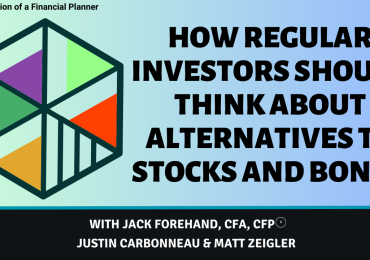Bonds are finally a competitive alternative to stocks in a diversified portfolio, contends an article in The Wall Street Journal. However, with 10-year bonds down 13% alongside the S&P 500, bonds don’t quite offer the magical solution to inflation but many different types of bonds can garner much higher yields.
The article offers a few examples of those high yields: the U.S. corporate bond yields in the ICE Bank of America index are more than double than their average of 2.2% from last year. U.S. junk bonds, while offering a low default rate are also showing a yield of 7.5%. Meanwhile, after 2 years of returns below inflation, 10-year Treasury inflation-protected securities (TIPS) have once again made available government-guaranteed yields above inflation. And for the first time since 2009, even the most boring, safest AAA-rated U.S. bonds are providing more than twice the S&P’s dividend yield. All of this is making bonds much more appealing to investors, who see a better risk-reward ratio in fixed income and municipal bonds compared to equities.
Of course, bonds are not immune to the effects of inflation, and as interest rates go up it’s likely that bonds will get hurt along with stocks. And the best yields are coming from bonds that carry a not insignificant default risk, which hasn’t necessarily been factored into the price. In spite of those risks, corporate bonds do seem better positioned than stocks to deal with market turmoil, the article posits. And the recent stock slide had more to do with the drop in bond prices than earnings outlooks; as those prices fell, the yields went up, and valuations decreased.
But comparisons between stock and bond yields isn’t necessarily a surefire guide as to which will do the best in the future, the article points out. Stocks that seemed to be priced too high next to bonds have gone on to tremendous profits, or sometimes the earnings yield on the S&P looks strong compared with bonds, only to plummet as it did in 2008. And it’s difficult to compare bonds in today’s environment of 8% inflation with periods in the past when inflation was much lower.
The reality is, if both a recession and inflation hit the market at the same time, the resulting stagflation can destroy a bond portfolio just as easily as it can decimate stocks. But with so many assets out there with good yields, it’s probably time to include bonds in your portfolio.





